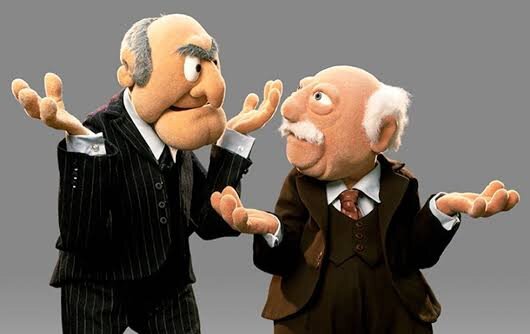
If you are a member of Rotary like me, you probably already know that it’s one of the largest and oldest service organisations, that we try to attract good people and equip them to be even better, and that we are all about doing good works in our local communities. But what does the general public think about Rotary?
Surveys suggest that a majority of non-members see the organisation as mostly old, mostly male, and mostly white. Now, I know I have been to the “Rotary Club of Jurassic Park” once or twice before, but I also know we are so much more than that.!
So how do we best counter this common perception of our great organisation?
The importance of a good photo
Simple. We absolutely have to be out in the community showing the public the many different diverse faces of Rotary.
Smart public relations is integral to sharing the story of Rotary. When we do any publicity for our club – press releases to media, social media posts, stories on our club website – we have to make sure the photos we select show off our diversity. We need to look for images of people of different ages, of different gender, of a mixture of ethnic and cultural backgrounds. It is up to us to accurately reflect the diversity in our clubs.
But even more importantly, it is up to us to make sure our membership does indeed reflect that diversity. (If you do not know if your club reflects the diversity of your community, the Club Assessment Tool is an excellent place to start)
Recognising women in Rotary
Here in Australia, there is an unofficial movement called “Women in Rotary” spearheaded by Rotary member Kerry Kornhauser to recognise those women who are achieving more and more within Rotary.
Their website puts it this way:
“Women in Rotary was created by The Rotary Club of Albert Park in order to initiate and support a dynamic Rotary culture where men and women work together to expand and build on existing strengths with the benefits of diversity to improve the lives of individuals and communities in a way consistent with the RI Strategic Plan”
Clubs also need to get more involved with our youth programs - Rotaract, RYLA, Interact, and Rotary Youth Exchange - and be seen by the community interacting with these future leaders. When people see Rotary members and Interactors involved together in a service project or when they see experienced club members mentoring beginning professionals, this will go a long way in changing the way the public views us.
And if that doesn’t break a few stereotypes, I don’t know what will! What is your image of Rotary?